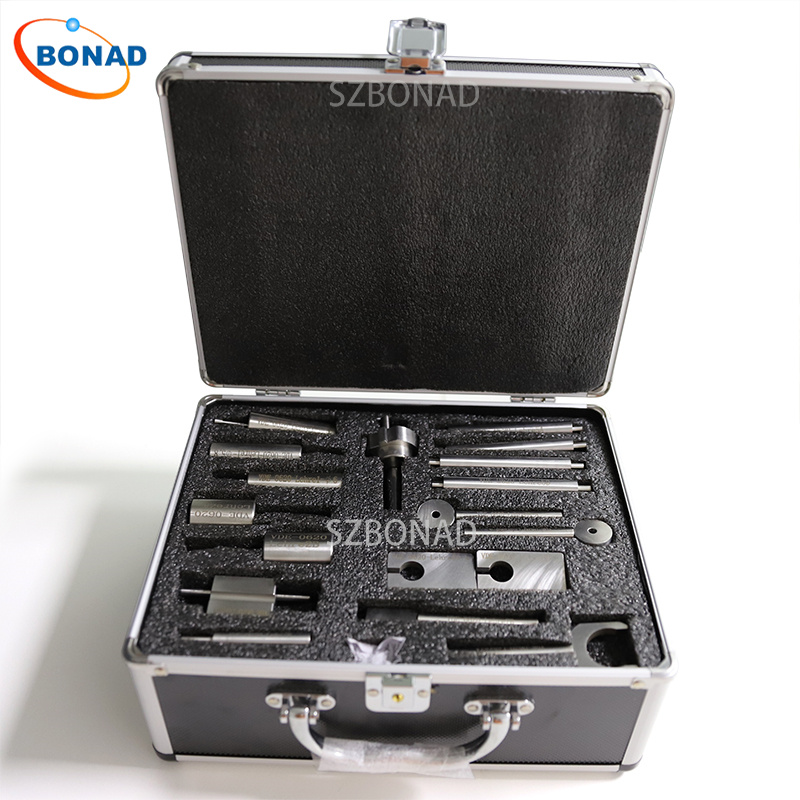The electric vehicle (EV) industry is witnessing remarkable growth, with global sales of electric cars reaching nearly 14 million—a 35% increase from 2022, as reported by the IEA. This growth trajectory is expected to persist through 2025.
This rapid expansion highlights the crucial need for dependable and efficient EV batteries. Comprehensive testing is vital to ensure these batteries’ safety and performance, fueling the demand for sophisticated testing equipment.
Battery test equipment plays a pivotal role in assessing various battery performance aspects, including safety under extreme conditions, mechanical resilience, and electrical efficiency. This equipment ensures that batteries comply with rigorous industry standards and regulations, instilling confidence in both manufacturers and consumers.
Why is Battery Testing Crucial?
Battery testing is a fundamental part of developing and deploying electric vehicles (EVs). It guarantees that batteries meet the stringent requirements for safety, performance, and reliability. Here’s why battery testing matters:
- Ensuring Safety and Preventing Hazards
Thorough battery testing identifies potential risks such as thermal runaway, short circuits, and mechanical damage. Tools like thermal chambers and thermal runaway testers evaluate battery behavior under extreme conditions to prevent fires and explosions. - Boosting Battery Performance and Lifespan
Using battery cyclers, manufacturers simulate charge-discharge cycles to assess capacity and efficiency over time. This aids in developing durable batteries that maintain performance throughout their lifespan. - Complying with Regulatory Standards
Standards like IEC 62660-2, ISO 12405-1, and SAE J2464 provide guidelines for battery testing. Adhering to these standards is essential for regulatory approval and market credibility, ensuring batteries are safe for consumer use. - Protecting Consumers and Promoting Market Acceptance
Rigorous testing ensures batteries meet safety and performance standards, safeguarding consumers and building trust in EVs—essential for broader adoption of electric vehicles.
How to Conduct an EV Battery Test?
Testing an EV battery involves several critical steps necessary for identifying potential issues before deployment in vehicles. Below is a summary of general industry testing procedures:
| Testing Type | Purpose | Method |
|---|---|---|
| Thermal Testing | Evaluate performance under extreme temperatures | Subject batteries to high/low temperatures in thermal chambers |
| Mechanical Testing | Assess resilience to physical shocks/vibrations | Conduct vibration/impact tests mimicking real-world conditions |
| Electrical Testing | Measure capacity, voltage, efficiency | Perform charge-discharge cycles using battery cyclers |
| Chemical Testing | Ensure stability/safety of chemical components | Analyze electrolyte/materials to prevent hazardous reactions |
| Safety Testing | Verify handling of overcharge/short circuits/abuse scenarios | Conduct overcharge tests, short circuit tests, thermal runaway tests |
Key Types of Battery Test Equipment
Ensuring the reliability, safety, and performance of EV batteries involves using specialized test equipment. Each type plays a crucial role in evaluating different battery functionality aspects:
- Thermal Chambers: Simulate extreme temperature conditions to test thermal stability.
- Vibration Testers: Assess resilience to mechanical shocks/vibrations during operation.
- Crush Testers: Evaluate ability to withstand mechanical deformation/impacts.
- Battery Cyclers: Measure electrical performance through repeated charge/discharge cycles.
- Electrical Short Circuit Testers: Simulate short circuit conditions for safety verification.
- Electrochemical Analyzers: Analyze chemical stability/composition of materials.
- BMS Simulators: Evaluate performance/reliability of the battery management system.
- Thermal Runaway Testers: Assess response to overheating/potential thermal runaway scenarios.
This comprehensive approach enhances the overall reliability and safety of electric vehicles as technology evolves.
Understanding Battery Testing Standards
Ensuring EV battery safety/performance requires adherence to established industry standards that vary by application. These standards provide a framework for consistent/reliable testing practices:
- IEC 62660-2: Reliability/abuse tests for automotive traction lithium-ion batteries.
- ISO 12405-1: Safety/performance guidelines for lithium-ion traction packs/systems.
- SAE J2464: Evaluating rechargeable energy storage systems under stress.
- UN 38.3: Safe transportation requirements for lithium metal/lithium-ion batteries.
- IEC 62133: Safety requirements for portable sealed secondary cells/batteries.
- UN ECE R100: Approval provisions for battery electric vehicles’ construction/safety.
- IEC 62619: Safety requirements for secondary lithium cells/batteries for industrial use.
- SAE J2380: Long-term vibration effects on EV battery performance/service life.
- ISO 6469-1: Safety specifications for onboard rechargeable energy storage systems (RESS).
- SAE J2288: Life cycle testing of EV battery modules.
Compliance with these standards ensures reliability/safety in the rapidly expanding electric vehicle market.
BONAD – Your Trusted Partner in Battery Test Equipment
We offer a comprehensive range of advanced instruments tailored to meet high safety/performance standards in battery testing equipment. Our expertise ensures reliable/accurate solutions supporting growing EV industry demands.


